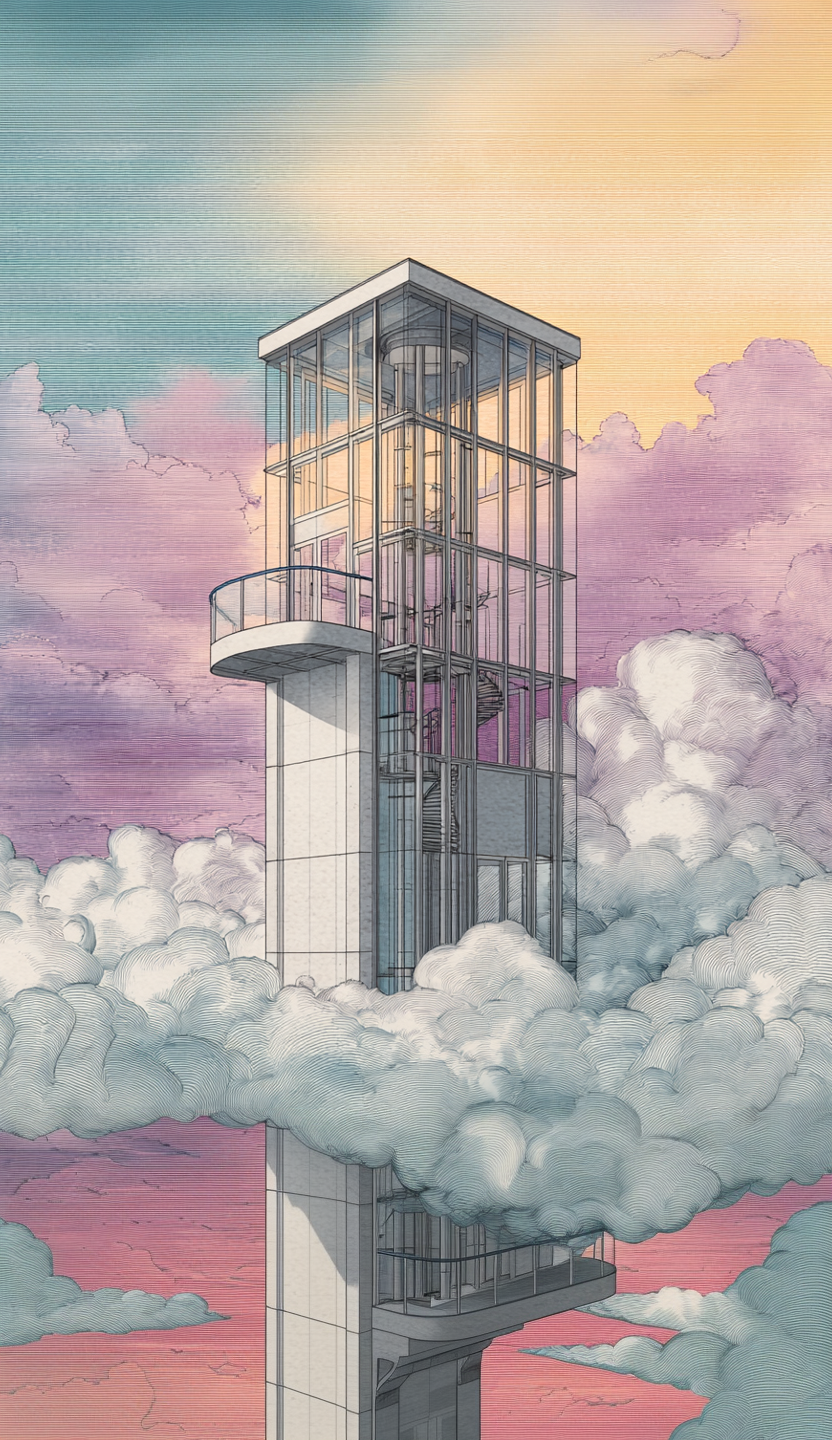Product Owner
at Schindler
FEB2021 – NOV2025Seeing the big picture from above.Schindler is a Swiss company that builds, sells, installs and maintains elevators. It employs about 70k people worldwide and their installations carry 2 billion people daily.In early 2021 I was hired as Technical Product Owner.
The youngest of a team of about 40 people —many of whom were around for close to 20 years— and the dedicated Lead for about 10 of them.
I was part of the team working on the software that runs on every Schindler lift, the one embedded that controls everything from button presses to special services.
My roles consisted of (1) focusing the team and (2) optimizing the flows. I was there to streamline the processes and managing initiatives that pushed the controller software towards impeccable quality.
I worked to apply my principles of Product Thinking and User Experience at the level of delivery spirit and teams coordination. I was setting a vision to aim for, and providing the tools to achieve it.
Elevators are the world's most used transport by far, and their complexity is rarely acknowledged.
Joining Schindler, I was curious to learn how they deliver such a complex product while managing convoluted teamwork. Essentially, how does one organize people to operate around the idea of building an everyday utility that's deceptively simple yet riddled with high-stakes intricacies?
The management of much critical information had to flow in ways that allowed for no mistakes. It spanned everything from coordinating limitless hardware and software dependencies to addressing numerous safety considerations and the rigorous testing strategies they require. Countless configurations added layers of challenges (height, number of doors, restricted floors, brake modules, counterweight systems, and more) compounded by often contradictory regulations from countries (and sometimes cities). We also had to support diverse emergency procedures, power outage management, entrapment risks, installation safety, competitor integrations, remote diagnostics, and contactless interfaces. From internal communications around requirements to end-of-life product considerations, elevators stand as one of humanity's most sophisticated creations, often unbeknownst to users.
As Schindler enabled people to move from point A to point B, I helped the company and my department chart its upcoming point B (“where do we go”), while establishing point A (“where we are now”)—something too easily left in the fog of war sometimes (and dangerously so). We stood at the heart of the end products' capabilities, layering innovations atop decades of accumulated features and code. Our whole department was known for having a steep and long learning curve that implied any addition to the team had to be carefully considered.
It is a tricky exercise to detail my activities without revealing too much of the company’s internal workings, and so for now I’ll just list here a few concrete achievements:
Led the formation of the Foundation Team, a group of software engineers focused on the controller software’s core elements, including work related to OS adaptations, critical activities like Test Automation and Defect Management, and the Secure Development Lifecycle for cybersecurity.
Applied my own testing philosophy (see Sigma Testing) to guide the team in building a powerful, sophisticated alpha-testing ecosystem from scratch, rapidly advancing autonomous digital testing and enabling a global test strategy overhaul.
Oversaw DevOps-related aspects, including code change delivery and hardware simulator management.
Managed tools like Atlassian’s Jira, Confluence, and Advanced Roadmaps, driving their adoption and ongoing evolution.
Schindler has been one of my most enriching experiences for understanding how people function, and a reminder of a core truth: things are fragile and deserve care, and people should be inspired to provide it. Yet this right here is an ever-uphill battle. You need to be able to recognize potential in individuals and hidden gems of ideas that will carry the company, often unbeknownst to it. Balancing risks, freedom and team ambitions is key. You need to speak the same language (what counts as a test? what qualifies as automation? what even defines a defect?), and sometimes that means confronting uncomfortable weaknesses in order to heal vital processes.
***Read moreBe a Project GardenerPlanting ideasCaring for the Seed, the Soil and the Tree.Alive or dead, dancing with breath and decayThe RosarianFruits ripeness and delivery
(upcoming) Habits of a great Team LeaderShut up, watch, nudgeWearing someone else’s shoesFrontloadingFreedom & RulesCarry the load no one wantsClarityInfusing possibilitiesWorking with egos
***
